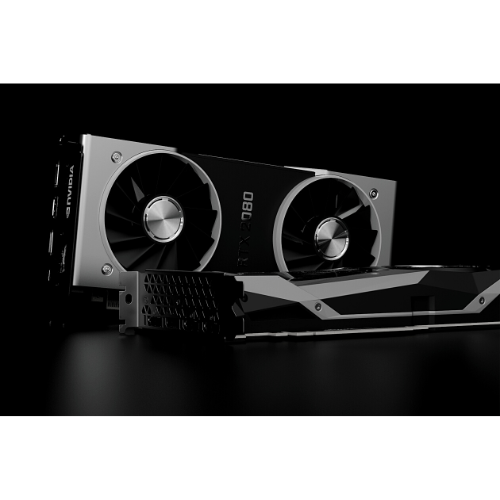Recent market reports have confirmed a major surge in NVIDIA’s stock value. Within a 24-hour span, its stock rose by an unprecedented 27%. In the tech world, this almost mimics the infamous gold rush scenario.
Only this time, the gold is a Large Language Model (LLM), and NVIDIA’s “shovels” are their massively powerful Graphics Processing Units (GPUs).

Riding The Wave of AI Revolution
LLMs, the driving force behind this modern-day digital gold rush, are bringing about a significant shift in the AI landscape. LLMs, like OpenAI’s GPT-3 or GPT-4, are incredibly computation-intensive, relying heavily on potent GPUs to execute complex machine learning tasks, including training and inference. This dynamic has led to a massive surge in demand for NVIDIA’s GPUs, contributing to its impressive stock rally.
But here lies the crux of the situation: the incredible power needed to run these LLMs also translates into substantial costs and constraints for developers and companies wishing to tap into the power of these AI models. The cost of running GPUs, not to mention their environmental impact, is a significant bottleneck in the wider adoption of these LLMs.
Turning Scarcity into Opportunity
While it might seem that this GPU-driven AI revolution places companies like NVIDIA on an impervious pedestal, it also presents a unique opportunity for innovation in the tech industry. To combat the significant compute costs associated with LLMs, developers are exploring various strategies, and the results are promising.
One approach is through compression and inference acceleration. By reducing the size of the AI models and accelerating the inference process, these methods can drastically cut down on the compute cost. This is not just a hypothetical — it’s already happening. Techniques such as model pruning, quantization, and hardware accelerators are making AI more efficient and accessible.
Moreover, the creation of smaller and faster AI models opens the door for deployment on CPUs or lower-powered GPUs. This development, in turn, could lead to more than 10x savings on inference costs and a significant boost in scalability.
A New Landscape for GPU Resource Management
With these advancements, the way we view and manage GPU resources is also shifting. While NVIDIA is emerging as one of the most powerful and valuable companies in the world, it is essential to treat GPU resources as the scarce commodity they are. In this sense, the focus on making AI models more efficient and less resource-intensive aligns with the broader goal of sustainable technological development.
In summary, the continuing revolution of AI and its subsequent demand for high-performance GPUs is akin to a modern “gold rush,” and is undeniably boosting the success of companies like NVIDIA. However, the crucial task at hand involves employing strategies to reduce the computational burden and effectively manage GPU resources. By advancing techniques such as model compression and inference acceleration, the tech industry can ensure a more sustainable and accessible future for AI.
While the stock market might spotlight certain champions, the real triumph will be observed in an AI landscape that promotes inclusivity, sustainability, and wide-scale adaptability.
